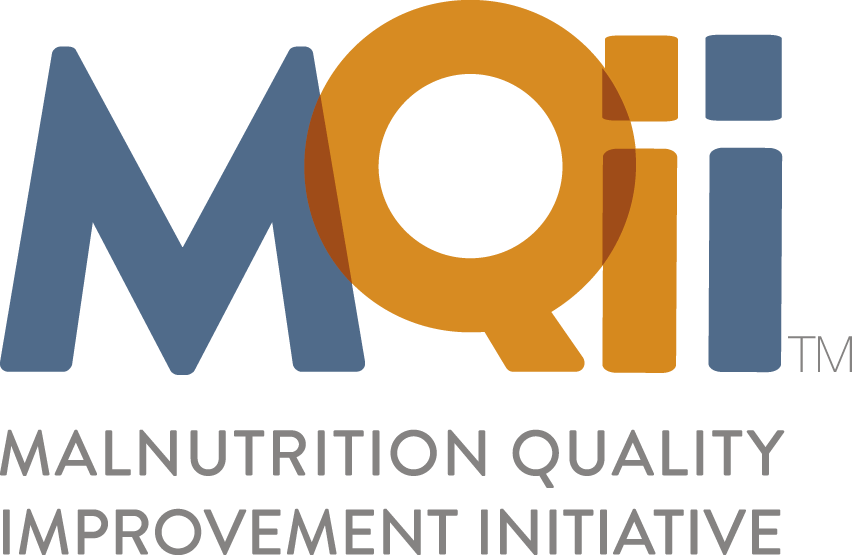GLP-1s and Quality Obesity and Nutritional Care
The use of GLP-1 receptor agonists—such as semaglutide and tirzepatide—has surged in recent years, transforming the landscape of obesity and diabetes management. According to the Centers for Disease Control and Prevention (CDC), “in 2024, 26.5% of adults with diagnosed diabetes used GLP-1 injectables to lower blood sugar or lose weight,” representing about 6.9 million U.S. adults. Although these therapies were originally developed for type 2 diabetes, their ability to promote substantial weight loss and improve cardiometabolic outcomes has broadened their use to the general obesity population. A RAND Corporation survey found that “one in five women between the ages of 50 and 64 has taken a GLP-1 agonist,” illustrating how rapidly these medications are being adopted beyond diabetes care.
While GLP-1s represent a breakthrough in chronic disease management, their impact on nutritional intake and metabolic health is complex. Nausea, reduced appetite, and altered food preferences frequently accompany therapy. As a recent review in Frontiers in Nutrition explains, “micronutrient deficiencies are often higher in people with obesity, and inadequate nutrient intake while using a GLP-1 RA may be compounded by already low baseline levels.” This intersection of pharmacotherapy and nutritional care highlights a growing need for coordinated clinical management and represents an opportunity for better integrating nutrition into quality obesity care.
Understanding GLP-1s’ Impact on Nutritional Status
GLP-1s function by slowing gastric emptying and enhancing satiety signals, mechanisms that reduce caloric intake and drive clinically meaningful weight loss. However, these same mechanisms can alter nutrient absorption and appetite cues. Evidence indicates that weight loss achieved through GLP-1s can include significant lean-mass reduction. Researchers have reported that “GLP-1 RA users lose around 20–50% of lean body mass, which is much higher than traditional weight loss by diet and exercise”. Loss of muscle and bone tissue underscores the importance of adequate dietary protein and resistance exercise during treatment.
Without proactive nutritional monitoring, patients may face elevated risks of malnutrition, sarcopenia, or immune impairment, particularly older adults or those with pre-existing malnutrition. As highlighted in the BMJ, “suppressing appetite by using new GLP-1 receptor agonists such as tirzepatide and semaglutide in people with nutritionally poor diets could lead to serious and likely underestimated nutritional complications”. For hospitalized patients, poor intake can delay recovery, impair wound healing, and complicate medication management. Dietitians and interdisciplinary care teams are critical in identifying and addressing these risks early to ensure that successful use of a GLP-1 includes overall nutritional well-being.
Health System Implications: Integrating Quality Nutritional Care into GLP-1 Care Pathways
Hospitals and health systems are uniquely positioned to embed nutritional care within GLP-1 management programs. The Academy of Nutrition and Dietetics advises that “clients who use medications or weight-loss surgery should collaborate with RDNs to improve and maintain a healthy diet that meets nutritional needs and advances weight-loss efforts to improve cardiometabolic outcomes”. Embedding registered dietitians within obesity and metabolic clinics ensures individualized dietary counseling that aligns with medication effects and patient goals. Screening tools for malnutrition and muscle loss should be integrated into quality improvement initiatives and electronic health record workflows for all patients prescribed GLP-1s.
In inpatient settings, perioperative management of patients on GLP-1s requires special attention. As a safety precaution, American Society of Anesthesiologists (ASA) multi-society guidance recommends that “while some providers may believe it’s safest to pause the GLP-1 drug for surgery, they should consider whether the risk of delayed stomach emptying outweighs any risk that stopping the GLP-1 drug may have on the condition being addressed by the GLP-1 drug”. Given the impact of GLP-1-induced weight loss on lean muscle mass and bone tissue, implementing nutritional interventions (such as protein supplementation, micronutrient monitoring, and tailored feeding schedules) can help prevent complications and support recovery. Collaboration among pharmacy, endocrinology, and nutritional teams ensures continuity of care during post-operative transitions from hospital to home or outpatient settings. As identified in a new Blueprint for Action to advance comprehensive nutrition and obesity care, an integrated approach can help prevent care fragmentation, address obesity care management complexities, mitigate associated health risks, and identify opportunities for cost-effective strategies.
Evidence and Policy Trends
As GLP-1 utilization expands, research is increasingly exploring long-term nutritional implications. A consensus published in the American Journal of Clinical Nutrition emphasizes that “during GLP-1 use, nutritional and medical management of gastrointestinal side effects is critical, as is navigating altered dietary preferences and intakes, preventing nutrient deficiencies, preserving muscle and bone mass through resistance training and appropriate diet, and complementary lifestyle interventions”.
At the policy level, nutrition is gaining recognition as a quality-of-care measure. The expansion of the Malnutrition Care Score (MCS) measure to include adults aged 18 and older in 2026 provides hospitals with a timely opportunity to align nutritional process measures with broader care transformation goals. Developed through the Malnutrition Quality Improvement Initiative (MQii) in collaboration with the Academy of Nutrition and Dietetics, the MCS underscores the importance of systematically addressing malnutrition within inpatient care. By integrating GLP-1 management pathways with this and other national quality initiatives, hospitals can strengthen their value-based care strategies, improve care coordination, and demonstrate measurable improvements in patient outcomes.
Conclusion
GLP-1s are redefining the landscape of obesity and metabolic disease management, offering new possibilities for sustained weight reduction and improved cardiometabolic outcomes. Yet, these benefits can only be fully realized when nutrition is embedded as a core component of patient care. Integrating structured nutritional assessment, counseling, and monitoring into GLP-1 management pathways enables hospitals and health systems to safeguard nutritional status, reduce complications, and support functional recovery.
As healthcare increasingly shifts toward value-based and patient-centered models, aligning obesity pharmacotherapy with nutrition-focused quality initiatives (such as implementation of the MCS) positions organizations to deliver more comprehensive, efficient, and equitable care. By prioritizing nutrition within GLP-1 programs, hospitals can enhance clinical outcomes, advance quality performance, and contribute to sustainable improvements in population health.
